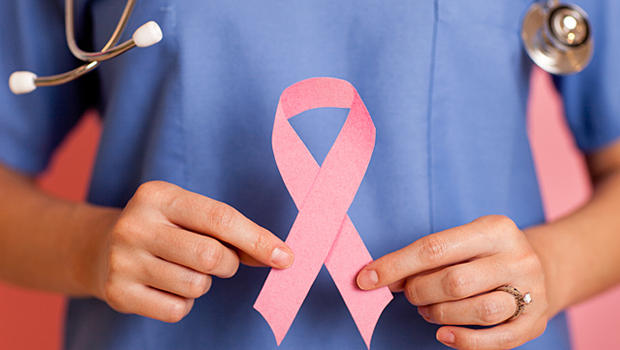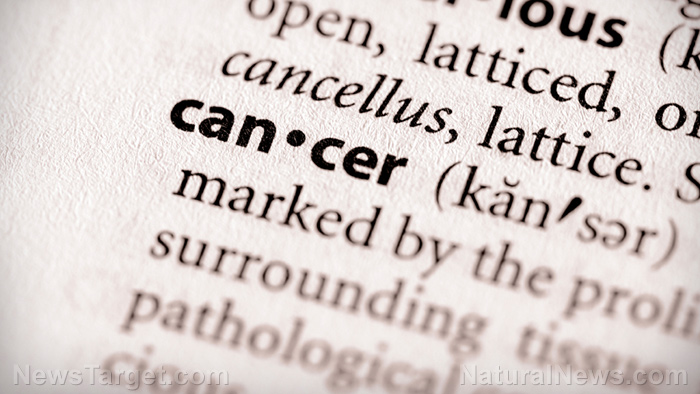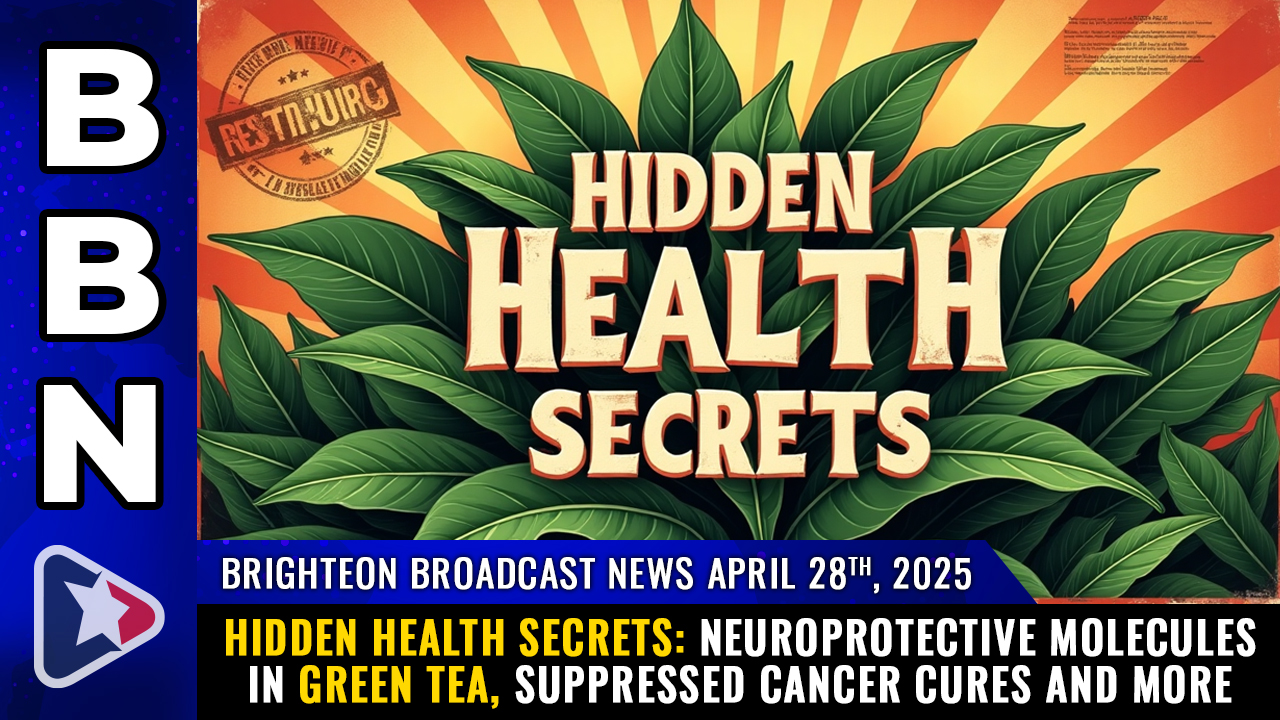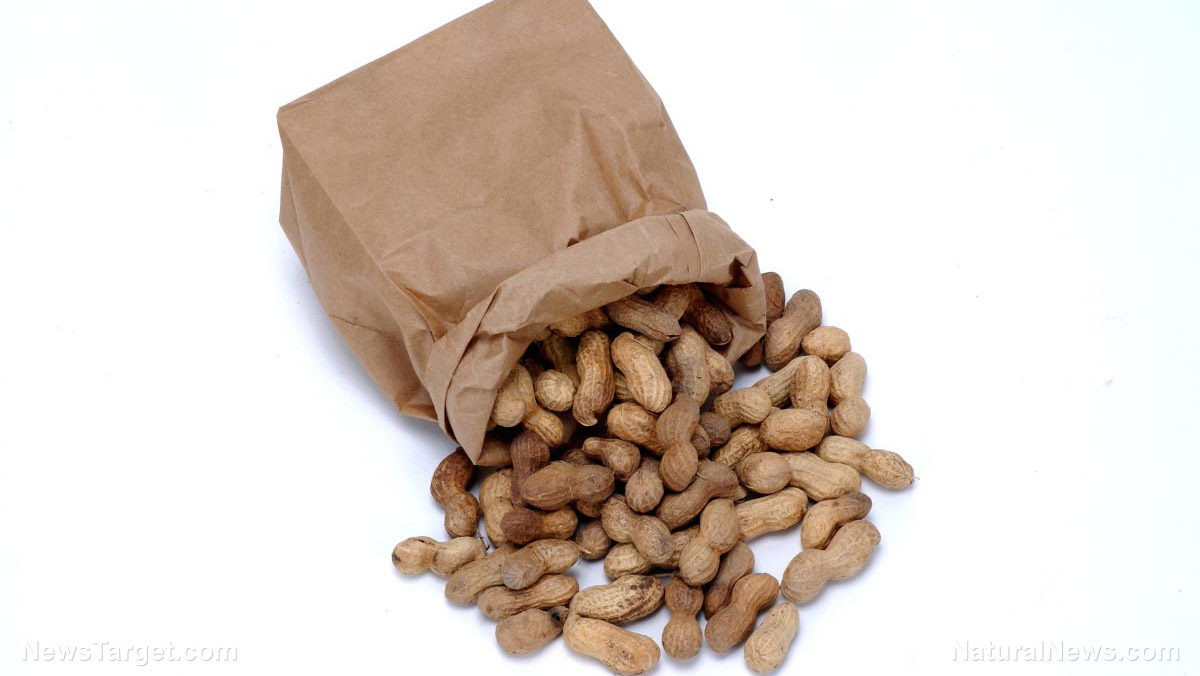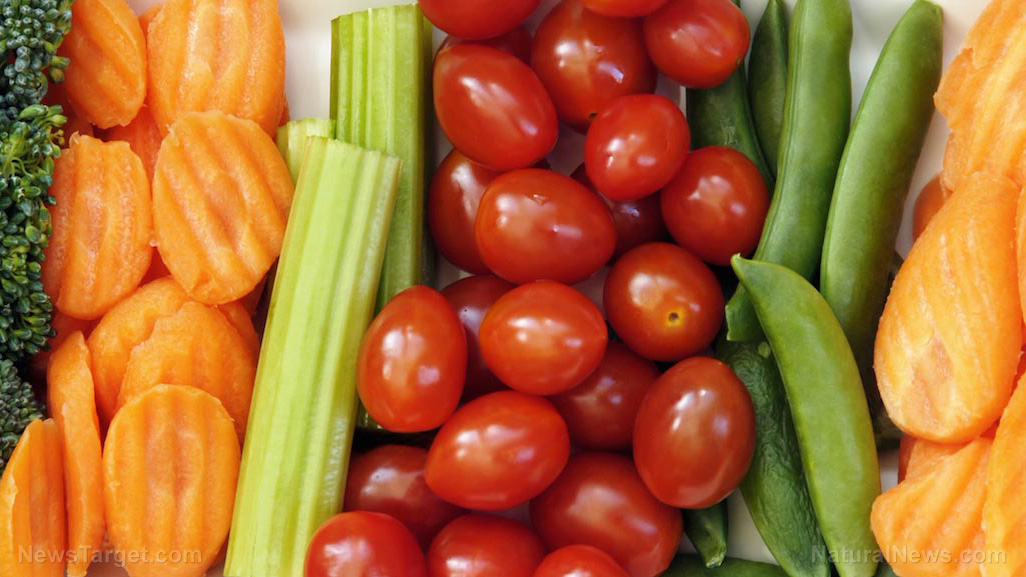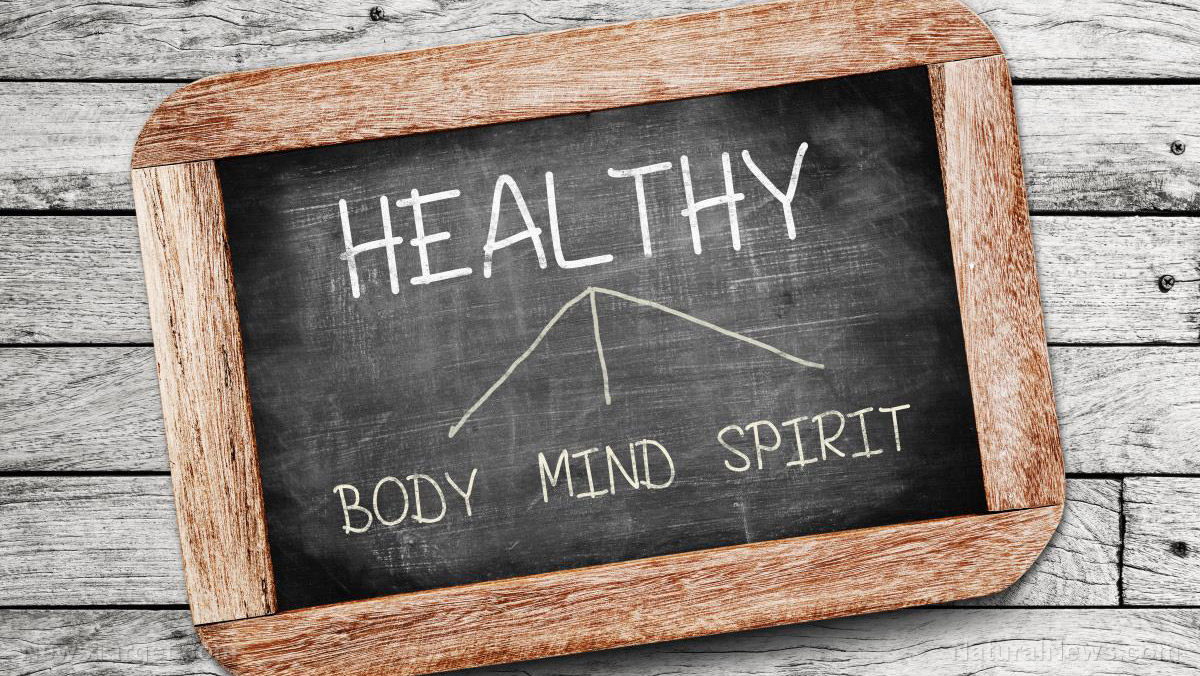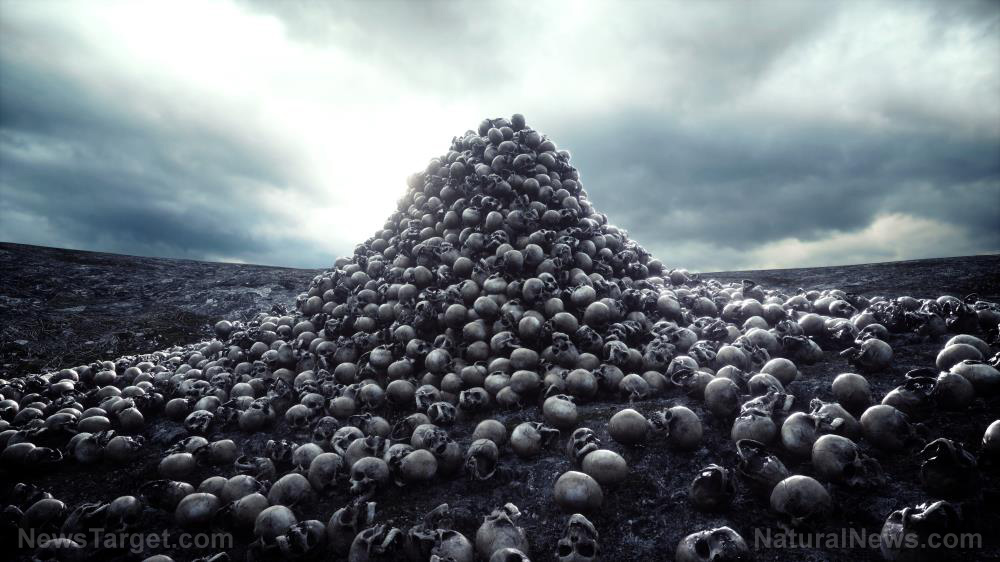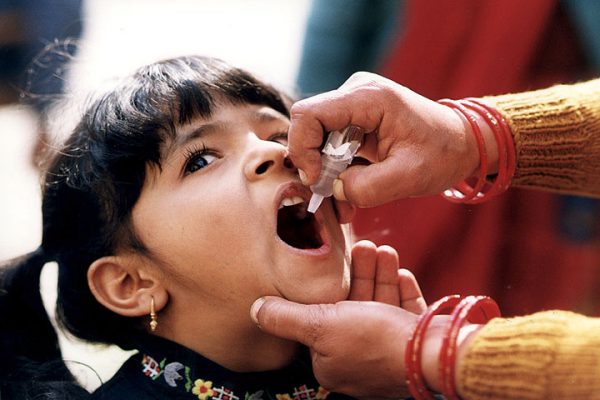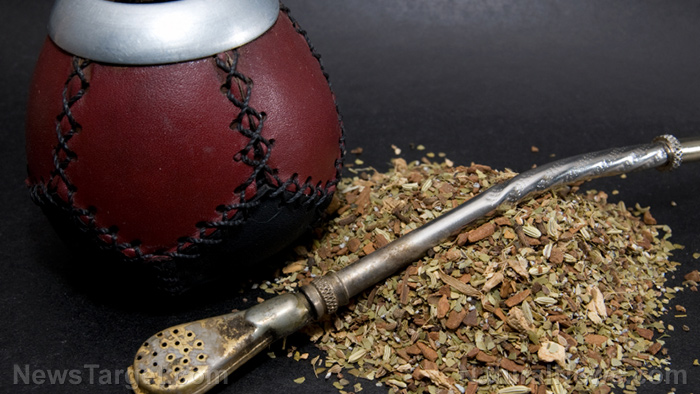Empowering women: "The Breast Cancer Prevention Guide" offers new hope and actionable strategies
- "The Breast Cancer Prevention Guide" by Dr. Sandra Cabot and Margaret Jasinska emphasizes proactive strategies to reduce breast cancer risk, highlighting that while genetics play a role, lifestyle choices significantly influence outcomes.
- The book underscores the impact of lifestyle choices, revealing that smoking, being overweight and excessive alcohol consumption can dramatically increase breast cancer risk, particularly in women with the BRCA1 and BRCA2 genes.
- Cabot and Jasinska delve into the cancer-fighting properties of specific nutrients and foods. For example, they highlight the importance of vitamin D, turmeric and flaxseeds in reducing cancer risk and improving outcomes.
- The authors critique mammograms for their limitations and suggest alternative diagnostic tools like breast ultrasounds and thermography. They also emphasize the role of hormones, particularly estrogen dominance and recommend strategies to increase progesterone levels for protection.
- The book advocates for minimizing exposure to environmental chemicals, reducing refined carbohydrates and sugar intake, engaging in regular exercise and incorporating antioxidants to neutralize free radicals and protect against cancer.
"
The Breast Cancer Prevention Guide," authored by Dr. Sandra Cabot and Margaret Jasinska, offers a comprehensive and proactive approach to reducing the risk of breast cancer. With one case diagnosed every 29 seconds and a death occurring every 75 seconds globally, the urgency for effective prevention strategies cannot be overstated. But what sets this book apart is its focus on the modifiable factors that can significantly influence a woman's risk, offering hope and practical solutions.
Dr. Sandra Cabot, a renowned medical doctor with decades of experience, and Margaret Jasinska, a respected naturopath, have combined their expertise to address a critical question: Can we prevent breast cancer, or is it an inevitability dictated by genetics and chance? Their answer is a resounding call to action, emphasizing that while genetics plays a role, they are not the sole determinant. In fact, only five to ten percent of breast cancer cases can be attributed to genetic factors. This revelation is both sobering and liberating, as it places the power of prevention squarely in the hands of women.
The authors delve into the impact of lifestyle choices, revealing that smoking and being overweight can double the risk for women with the BRCA1 and BRCA2 genes, often dubbed the "breast cancer genes." Even more startling is the finding that consuming more than two alcoholic drinks a day increases the risk by 40 percent.
One of the book's most compelling sections focuses on the role of nutrition in cancer prevention. Dr. Cabot and Jasinska highlight the cancer-fighting properties of specific nutrients and foods. For instance, vitamin D deficiency at the time of diagnosis is associated with a 94 percent higher likelihood of metastasis and a 73 percent increased risk of death within 10 years. Conversely, turmeric is shown to protect breast cells from the cancer-causing effects of pesticides and flaxseeds can actually shrink breast tumors.
The authors also address the limitations of mammograms, a commonly used diagnostic tool. While mammograms can save lives by detecting cancer early, they are not without flaws. They expose the breasts to radiation, can miss tumors and are less effective in women with dense breast tissue or implants. Moreover, they do not prevent cancer; they merely detect it. The book introduces alternative diagnostic tools such as breast ultrasounds, MRI scans and thermography, which offer safer and sometimes more effective options.
Hormones are another critical factor in the breast cancer equation. The authors explain that estrogen, the hormone that fuels the growth of most breast cancers, is influenced by various factors, including the age at which menstruation begins and ends. Estrogen dominance, a condition where progesterone levels are insufficient relative to estrogen, is linked to an increased risk of breast cancer. Progesterone, the authors emphasize, is essential for protecting the breasts and uterus from the potential cancer-promoting effects of estrogen.
To combat estrogen dominance, the book recommends strategies to increase progesterone production, such as ensuring regular ovulation, minimizing stress and using certain herbs. Phyto-estrogens, found in plants like flaxseeds and soy, are also highlighted for their ability to bind to estrogen receptors and protect against more potent estrogens.
Lifestyle changes are a cornerstone of the book's prevention strategy. Reducing intake of refined carbohydrates and sugar is advised, as these foods increase insulin levels, which can fuel the growth of cancer cells. Regular exercise is another key recommendation, as it helps maintain a healthy weight, reduces insulin levels and improves mood.
The authors also address the impact of environmental chemicals, such as pesticides, industrial chemicals and chemicals in plastics and personal care products. These chemicals can mimic estrogen in the body and increase breast cancer risk. The book recommends minimizing exposure by choosing organic foods, avoiding plastic containers and using natural personal care products.
Antioxidants are another crucial component of the book's prevention plan. These compounds neutralize free radicals, which can damage DNA and lead to cancer. The authors highlight the benefits of vitamins, minerals and other nutrients like vitamin D, iodine and selenium. They also discuss the role of cruciferous vegetables, which contain compounds that help the liver break down estrogen and protect against cancer.
In conclusion, "The Breast Cancer Prevention Guide" is a powerful resource that empowers women with knowledge and practical advice. It is a call to action, urging women to take proactive steps to reduce their risk and improve their overall health.
Learn more about
breast cancer prevention by watching the video below.
This video is from the
BrightLearn channel on Brighteon.com.
Sources include:
Brighteon.ai
Brighteon.com
